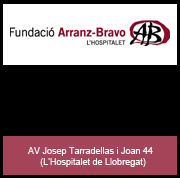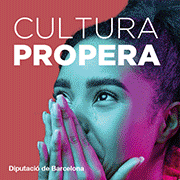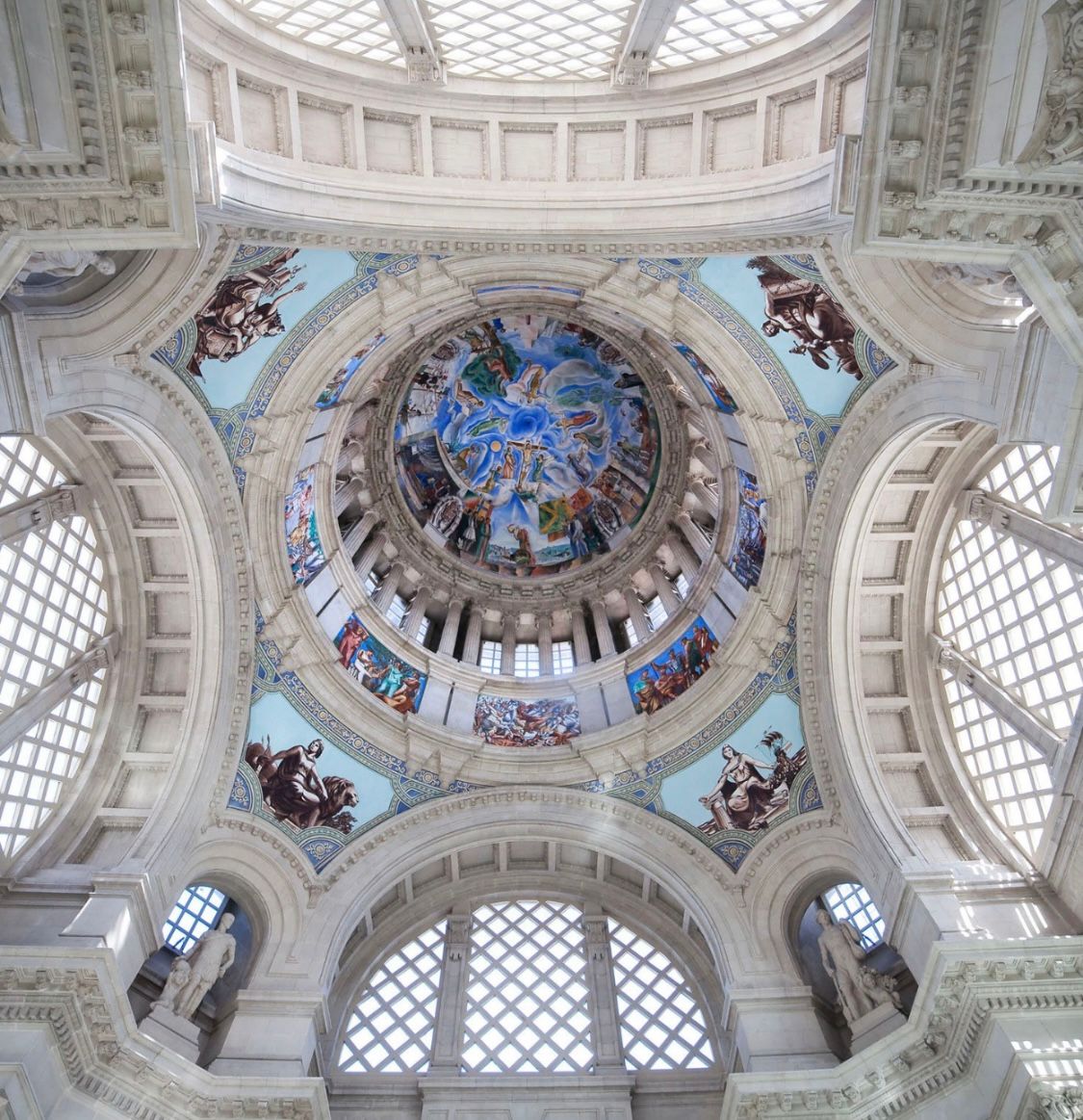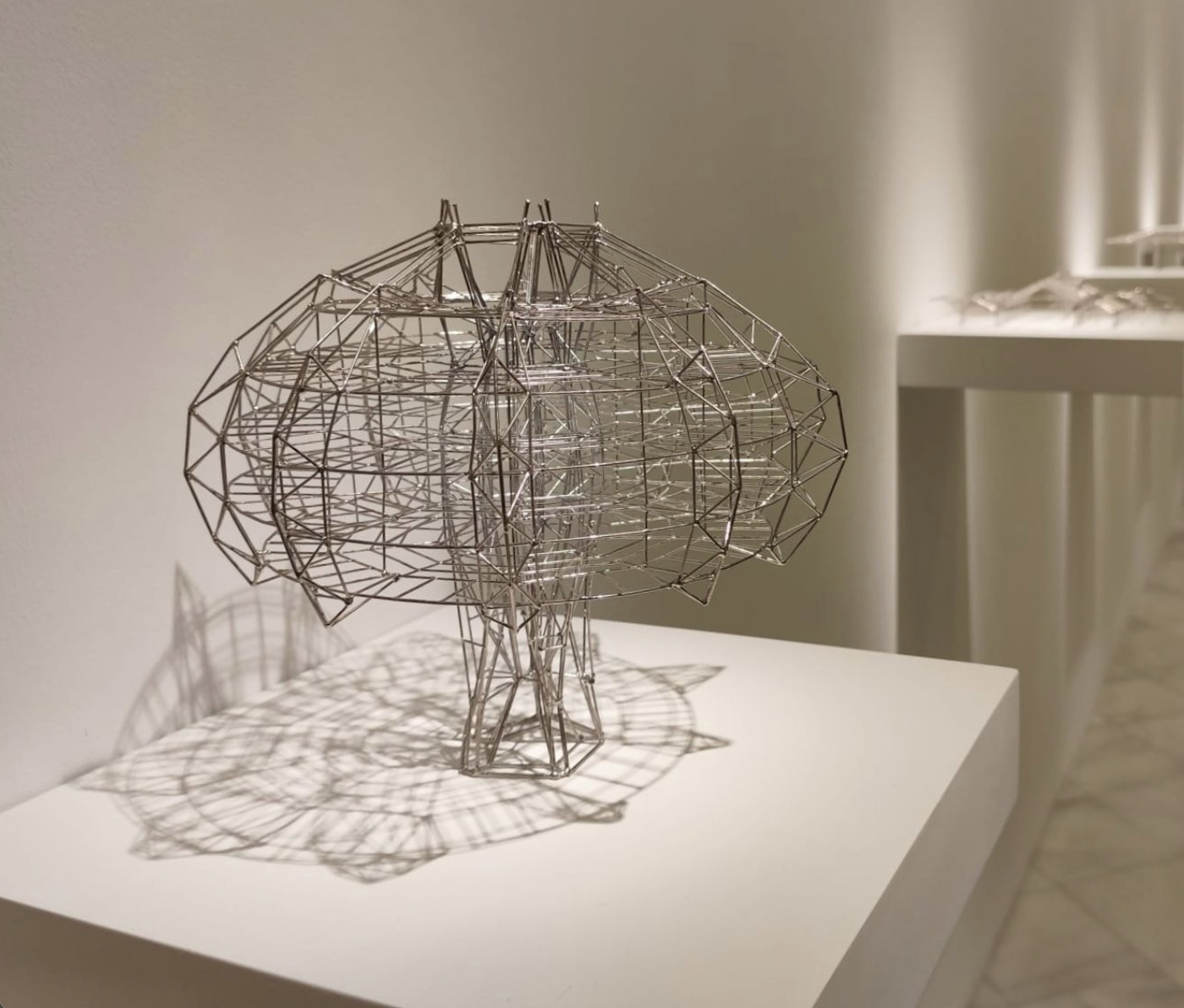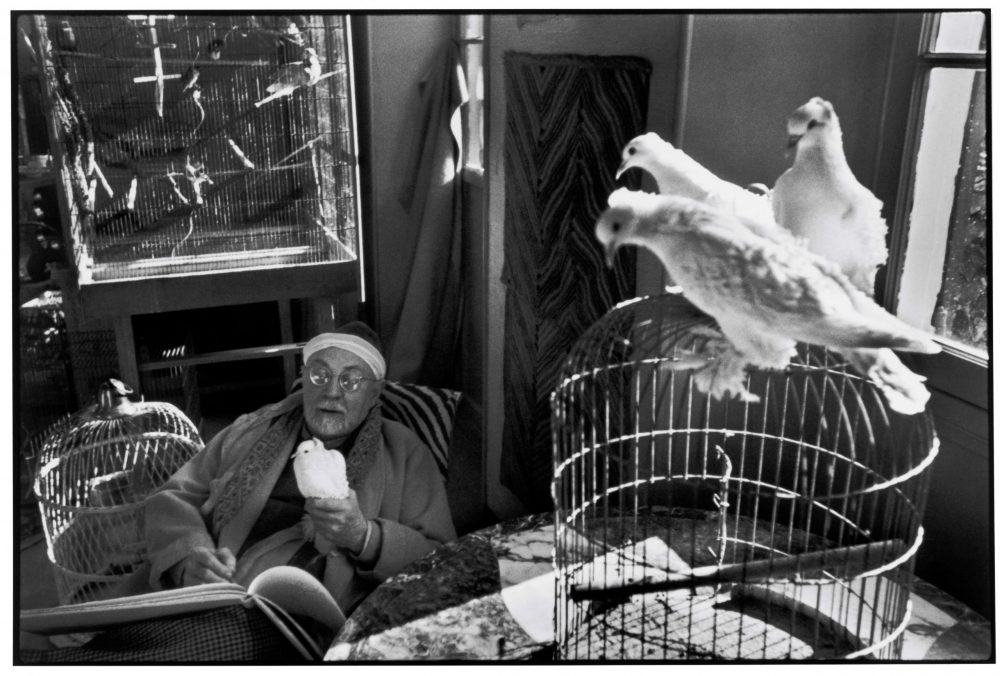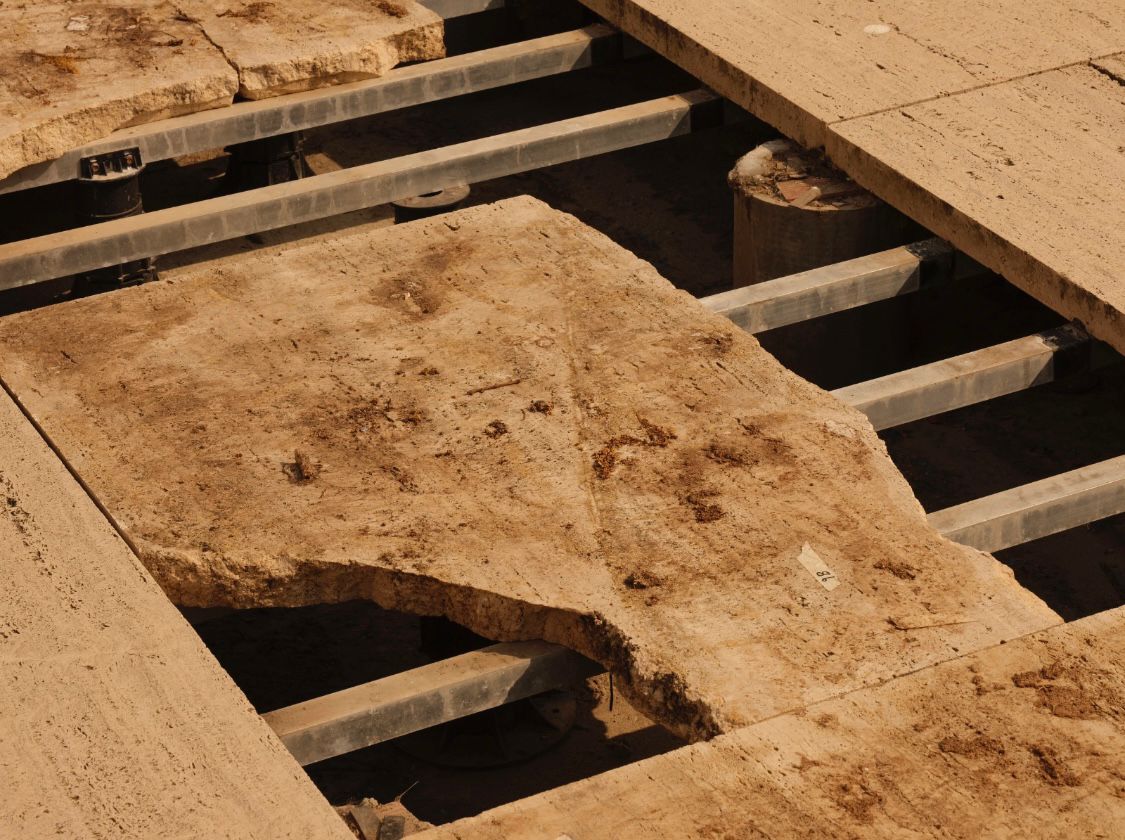reports
Renaissance Museum: multifaceted realities
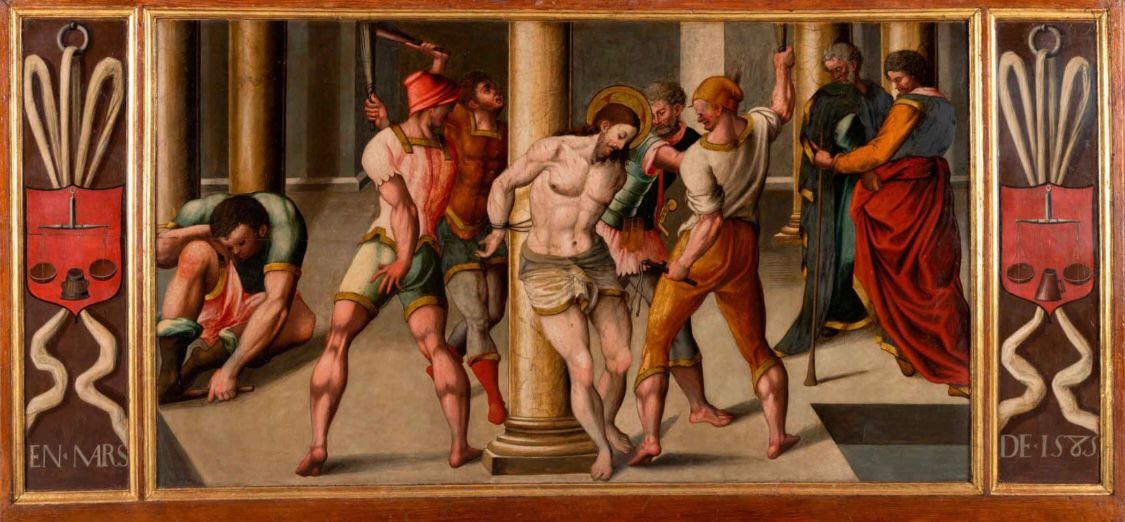
For some time now it seems that the world of museums is experiencing a remarkable revival. Openings of new museums such as the Baroque Museum in Manresa or the Renaissance Museum in Molins de Rei are always good news and encourage us to think about an intense cultural activity (perhaps not entirely real) that promotes (in these two cases) the knowledge of historical moments that have been half-forgotten until now.
A museum planning that decentralizes culture, that makes us know aspects of our art located in contexts different from the usual ones, that makes us travel the country to discover historical-artistic moments beyond the usual capital city is necessarily a reason for celebration. But reality is stubborn and insists on showing us different sides of what could be deduced from a first reading of the facts that opening new facilities implies.
The news raises numerous questions, often without much answer:
- Are these museums equipped with a good team to carry out a program that activates and enables rooting and growth in their knowledge?
- Do they have good activity programs to fill their rooms with life and interest?
- The town councils that promote them have a real interest in bringing the facility to life, beyond the inaugural photo.
- Is there a good education team that allows you to delve into the historical moments they represent?
-Apart from the recovery of heritage buildings and the exhibition in the halls, is it well understood that it is necessary to work continuously on its activities and its dissemination with media and equipment?
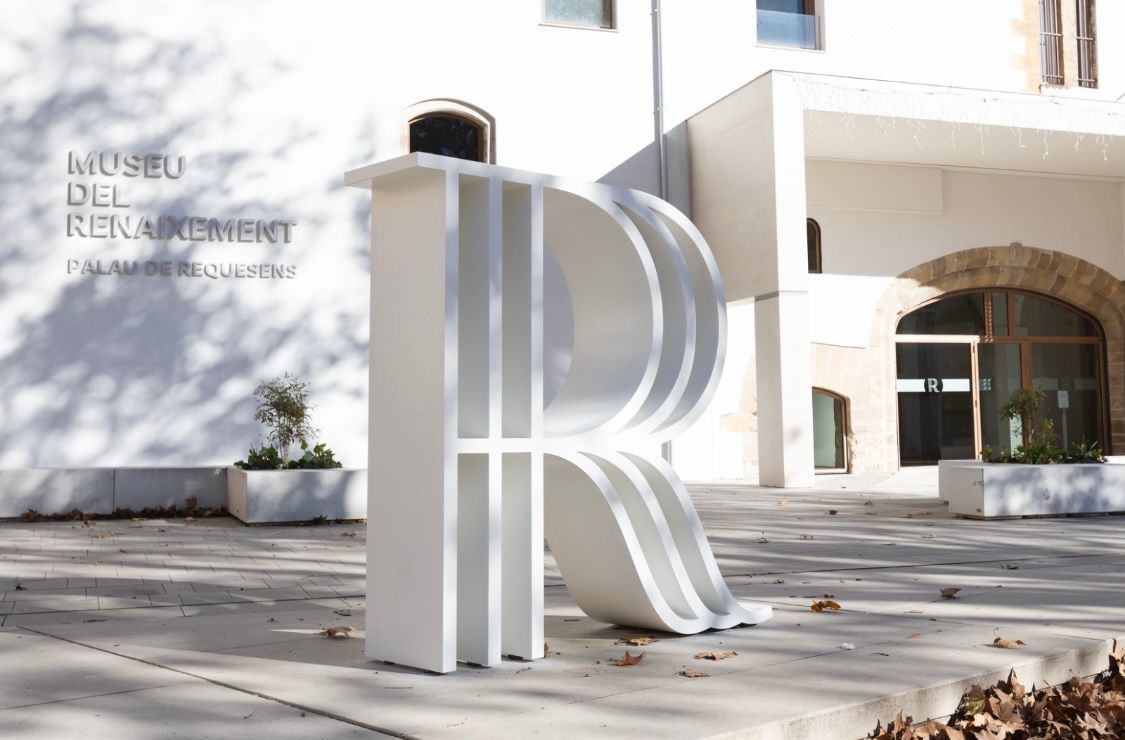
General questions that if we focus on the recently inaugurated Renaissance Museum of Molins de Rei are reinforced by the unknown of knowing how life will be after the inauguration. It is clear that the Catalan Renaissance is little known and it is very good that the emphasis is placed on discovering the life and art that characterized it, and if this is done from a municipality that does not reach 30,000 inhabitants, recovering a prominent moment in its history opens us to a new perspective for the knowledge of culture and territory.
The recovery of a heritage element such as the Palau de Requesens and the discovery of the importance of the family that inhabited it are already an interesting first step. But we cannot stop there and despite being aware that time must be given to assess the approaches and activities, and despite very positively assessing the link with the University and the announcement of an educational plan, the fact that its agenda only includes guided tours and open houses, raises a point of concern.
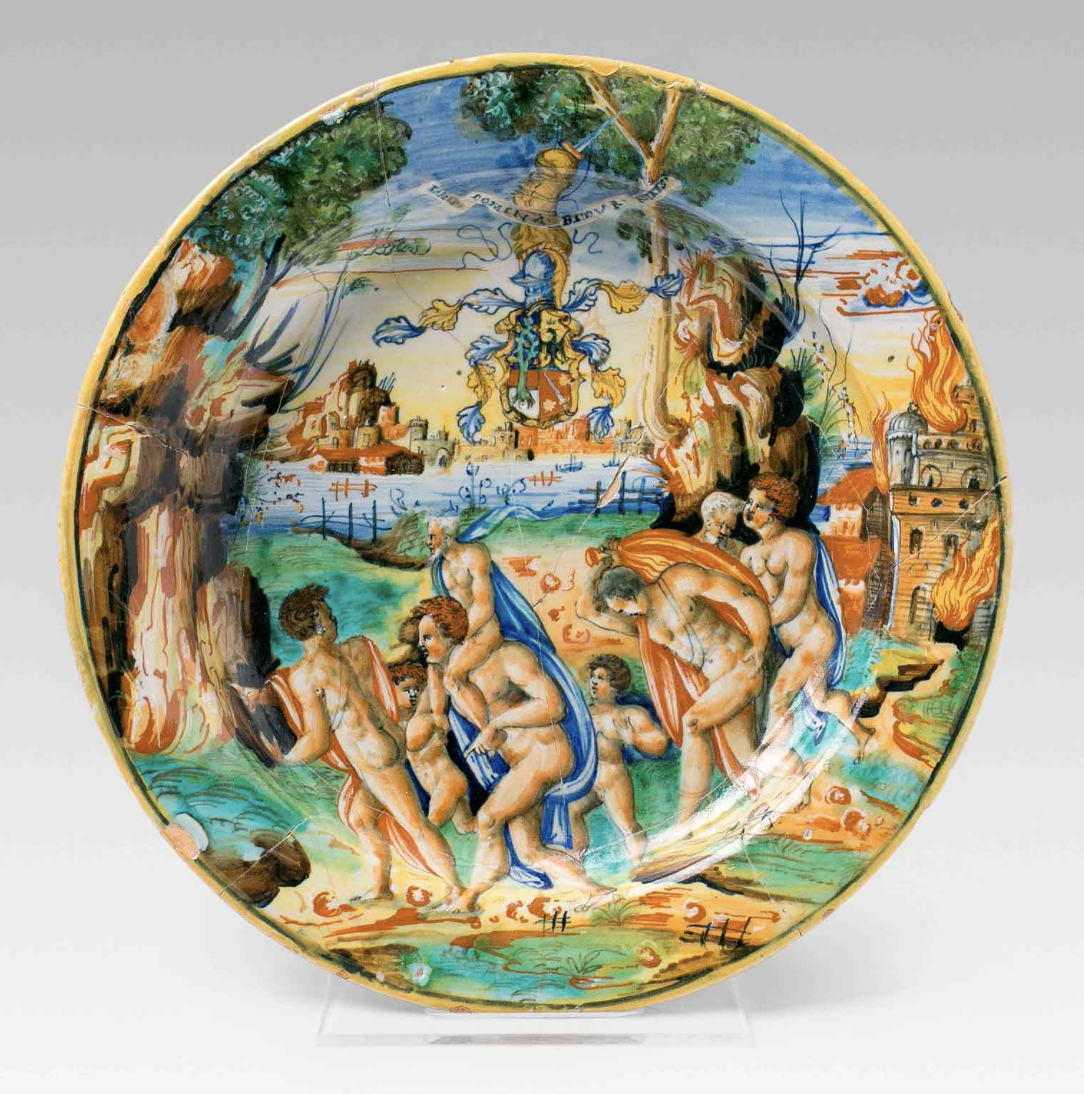 Plat, Andrea Negroponte (1550). DHUB
Plat, Andrea Negroponte (1550). DHUB
A very notable element of the collection presented is the collaboration between Museums. The fact that a significant part is lent by the MNAC is good news that tells us about the policy of this Museum to feed other smaller equipment and to disseminate works that would remain hidden in the immensity of the National Museum. It is also very good news to be able to discover pieces that come from the Design Museum, especially when the new policy launched by this museum is characterized by a change of name and by the desire to distance itself from the objectives set by ICOM, especially what speaks of interpreting and exhibiting material and intangible heritage, so somehow recovering even if they are few pieces and being able to enjoy them (the box of drawers is remarkable) is a ray of hope for all those works that will remain closed and forgotten in the warehouse. The collaboration of other museums is also evident with the transfer of works from the Terrassa Textile Museum, the Lleida Museum, the Marès and History Museum of Barcelona, the Library of the Ancient Collection of the University of Barcelona and the Prado Museum. A fabric of remarkable contributions that must be highlighted as a step forward in the creation of a cultural network that must continue to grow.
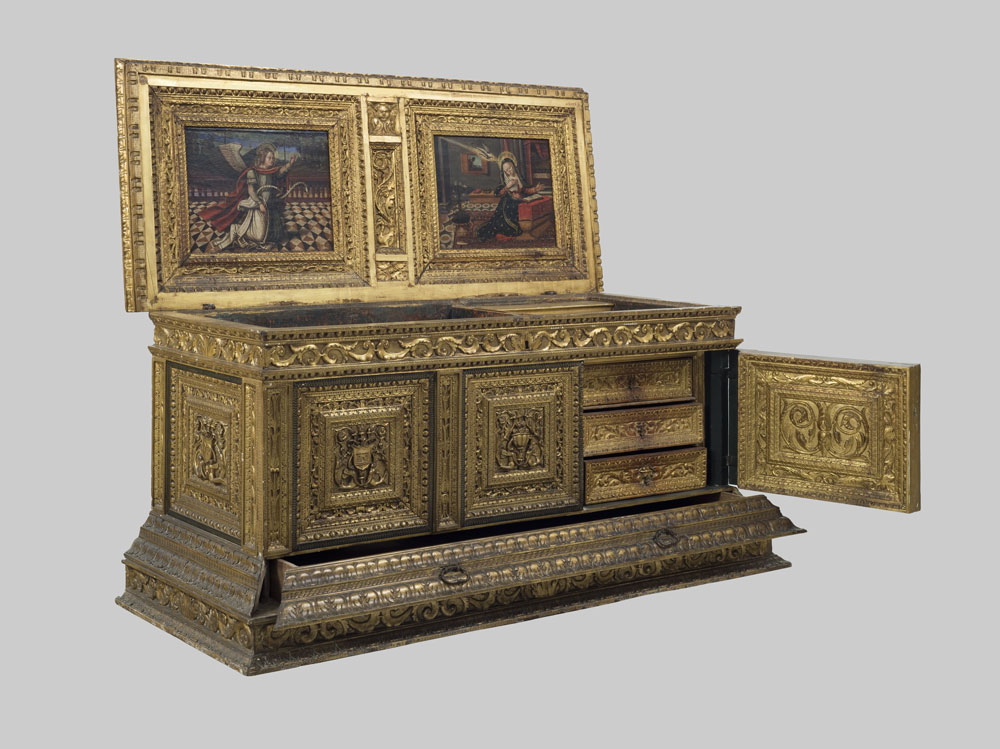 Caixa amb calaixos, Cercle de Pere Nunyes i Enrique Fernández (1525-1550). DHUB
Caixa amb calaixos, Cercle de Pere Nunyes i Enrique Fernández (1525-1550). DHUB
The fact of recovering the history of an influential family very close to power also tells us how the history of art has focused only on the knowledge of a part of the population and has forgotten the reality of the rest (certainly very different from the one exhibited) and this becomes especially evident in the section of the Museum entitled "Objects of everyday life" and shows us only delicate glass, ceramics, clocks and beautiful boxes. A situation that is repeated in the section "Women in history" where we are shown images and told about the history of cultured women of the Requesens family, but we continue to be unable to enjoy works by women artists of the Catalan Renaissance and without knowing the reality of many women who coexisted with those presented to us in this section.
In short, it is good news that the Renaissance and Baroque are part of a historical journey that is expanding throughout the territory and that new museums are opening, but with the big question mark of knowing whether they will suffer, like many others trying to survive, the consequences of lack of support and having to work with migrated media.
As the inscription on a tile with a motto from the Requesens says, "One more hour. one year."... Time passes and many of the questions raised will eventually be answered.
 Santa Maria Magdalena, Mestre del Papagai (1540). MNAC
Santa Maria Magdalena, Mestre del Papagai (1540). MNAC


